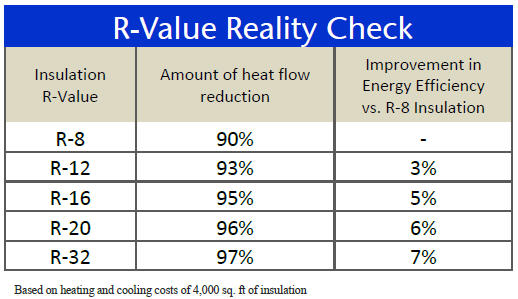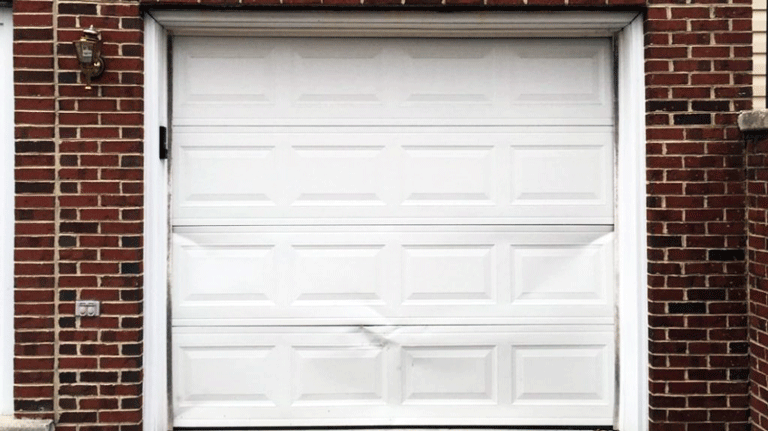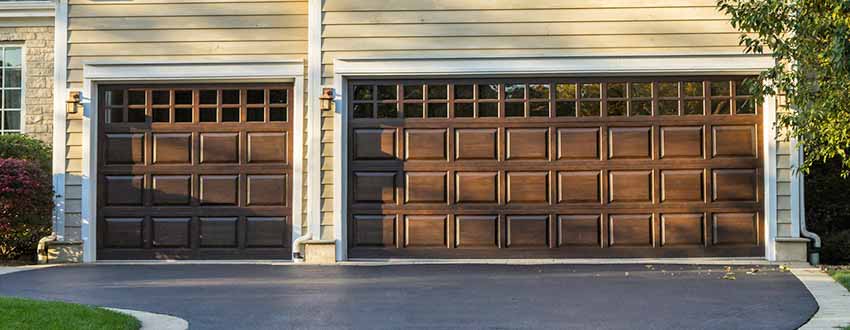As long as your garage door opens and closes, you might not put much thought into other factors of functionality. However, your garage door is also part of the structure of your home, which means it helps to keep the elements at bay, including sun, wind, rain, and of course, outdoor temperatures.
Just as the walls and doors that make up your structure are insulated to help you maintain a comfortable interior temperature and minimize energy waste, your garage door is designed to stop the outdoor temperature from seeping in. This feature is known as the R-value of your garage door and before you upgrade to a new model, you need to understand what it means.
What is R-Value?
When the temperature inside is warmer than the temperature outside, the warm air naturally wants to escape. However, the insulation in your garage door creates a barrier that impedes this process, helping to keep the warm air in – it creates resistance to the flow of heat. The R-value of a garage door is a measurement of this resistance. It’s a measure of thermal efficiency having to do with insulative materials and construction.
For example, the insulation in your door might consist of polyurethane that is sprayed into the cavity, expanding to fill every crevice and ensure a high R-value. Or your garage door might be filled with polystyrene panels that could allow air flow around the edges and reduce the R-value. Materials and construction make a difference.
How is It Measured?
Not every garage door has to undergo testing to determine R-value. It is generally assigned based on the materials used because popular building materials have already been tested and given R-values. Aluminum, for example, tends to have an R-value near 0. It won’t help you to maintain interior temperature because metal is highly conductive.
Solid wood, on the other hand, could have an R-value of 2 or more, depending on thickness. Then there are added insulative materials. Polystyrene could have an R-value of about 5 while polyurethane usually has a rating of over 6. Generally speaking, you’ll want to look for an R-value of roughly 12-18, depending on the climate. As the R-value increases, so too does the energy-efficiency of your garage door.
Why is R-Value Important
You might not be terribly concerned with the R-value of your garage door if you live in a temperate climate, but for those who live in regions with cold or hot weather or significant temperature fluctuations, increasing R-value can not only help to keep a home interior more comfortable, but also reduce energy demand and waste, saving money over time.


